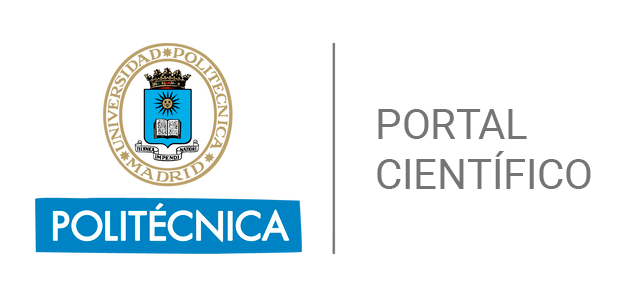
Indexado en
Licencia y uso

Building lean thinking in a telecom software development organization: Strengths and challenges
Publicado en:Acm International Conference Proceeding Series. 98-107 - 2013-06-06 (), DOI: 10.1145/2486046.2486064
Autores: Rodríguez P; Mikkonen K; Kuvaja P; Oivo M; Garbajosa J
Afiliaciones
Resumen
The potential shown by Lean in different domains has aroused interest in the software industry. However, it remains unclear how Lean can be effectively applied in a domain such as software development that is fundamentally different from manufacturing. This paper explores how Lean principles are implemented in software development companies and the challenges that arise when applying Lean Software Development. For that, a case study was conducted at Ericsson R&D Finland, which successfully adopted Scrum in 2009 and subsequently started a comprehensible transition to Lean in 2010. Focus groups were conducted with company representatives to help devise a questionnaire supporting the creation of a Lean mindset in the company (Team Amplifier). Afterwards, the questionnaire was used in 16 teams based in Finland, Hungary and China to evaluate the status of their transformation. By using Lean thinking, Ericsson R&D Finland has made important improvements to the quality of its products, customer satisfaction and transparency within the organization. The study makes two main contributions to research. First, the main factors that have enabled Ericsson R&D's achievements are analysed. Elements such as 'network of product owners', 'continuous integration', 'work in progress limits' and 'communities of practice' have been identified as being of fundamental importance. Second, three categories of challenges in using Lean Software Development were identified: 'achieving flow', 'transparency' and 'creating a learning culture'. Copyright 2013 ACM.
Palabras clave
Indicios de calidad
Impacto bibliométrico. Análisis de la aportación y canal de difusión
Desde una perspectiva relativa, y atendiendo al indicador del impacto normalizado calculado a partir del Field Citation Ratio (FCR) de la fuente Dimensions, arroja un valor de: 4.23, lo que indica que, de manera comparada con trabajos en la misma disciplina y en el mismo año de publicación, lo ubica como trabajo citado por encima de la media. (fuente consultada: Dimensions Nov 2025)
De manera concreta y atendiendo a las diferentes agencias de indexación, el trabajo ha acumulado, hasta la fecha 2025-11-09, el siguiente número de citas:
- Scopus: 18
Impacto y visibilidad social
Análisis de liderazgo de los autores institucionales
Este trabajo se ha realizado con colaboración internacional, concretamente con investigadores de: Finland.
Existe un liderazgo significativo ya que algunos de los autores pertenecientes a la institución aparecen como primer o último firmante, se puede apreciar en el detalle: Primer Autor (RODRIGUEZ GONZALEZ, MARIA PILAR) y Último Autor (GARBAJOSA SOPEÑA, JUAN).
